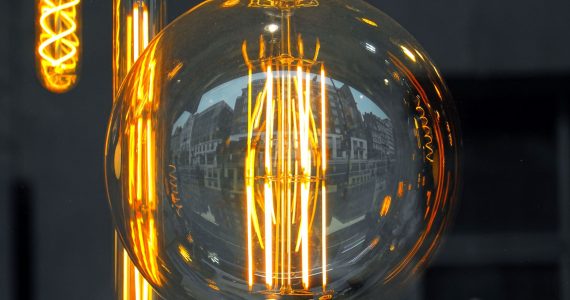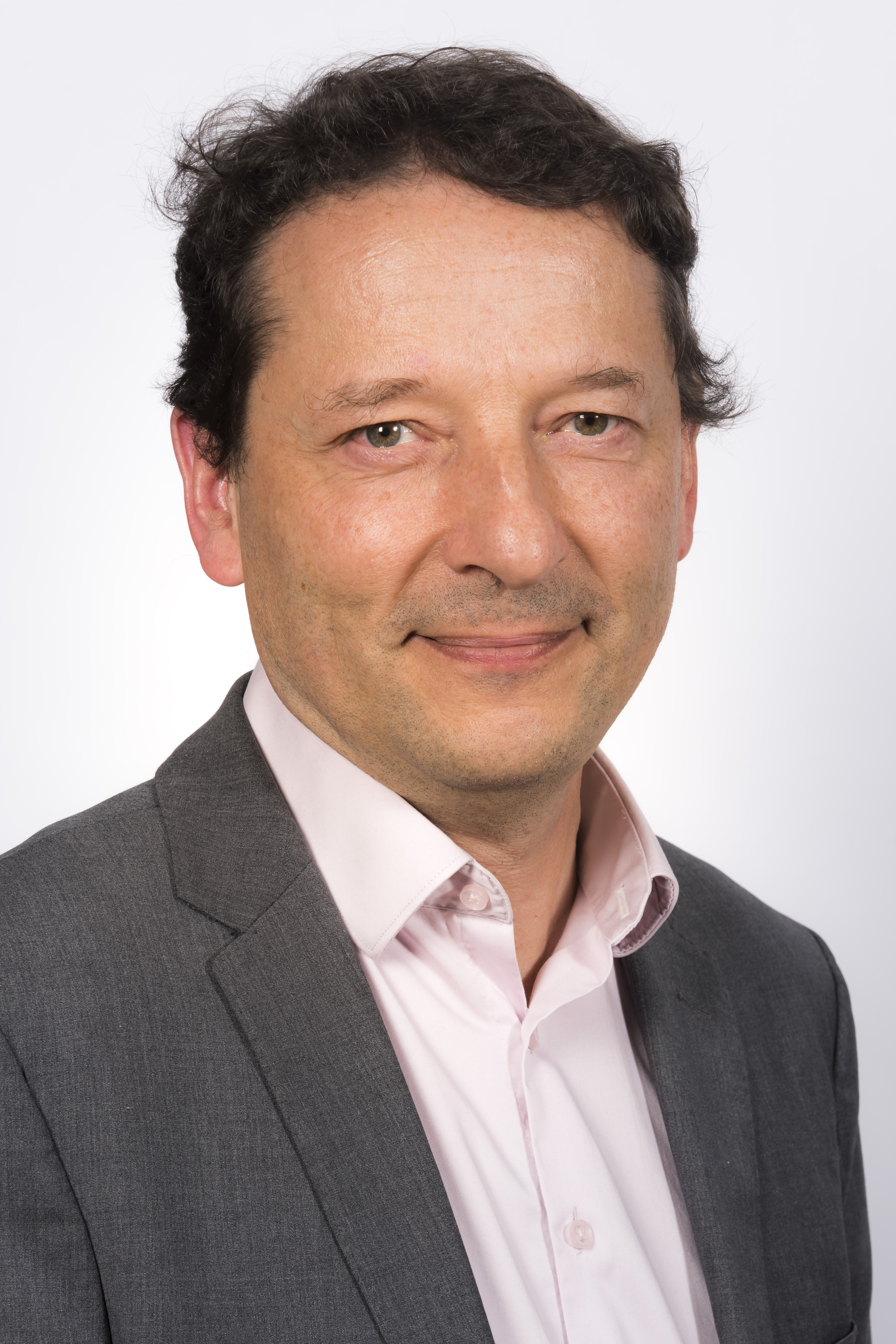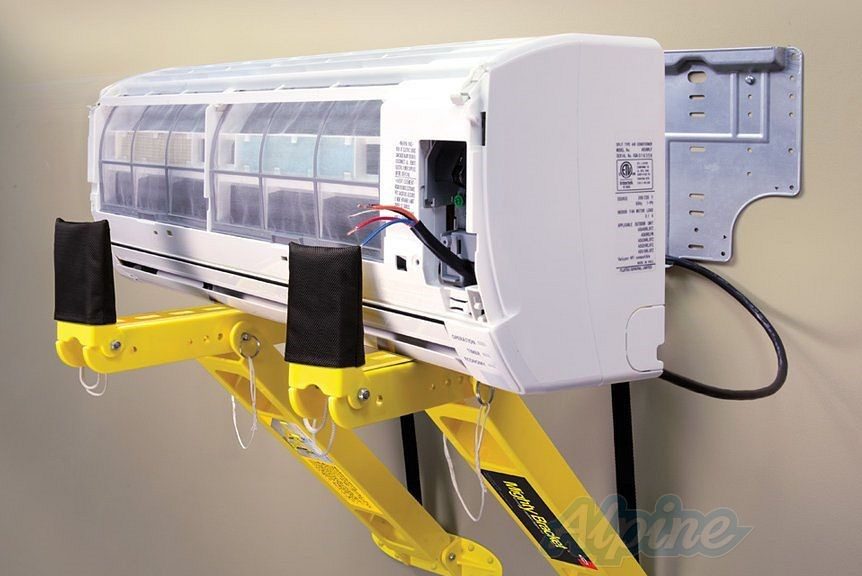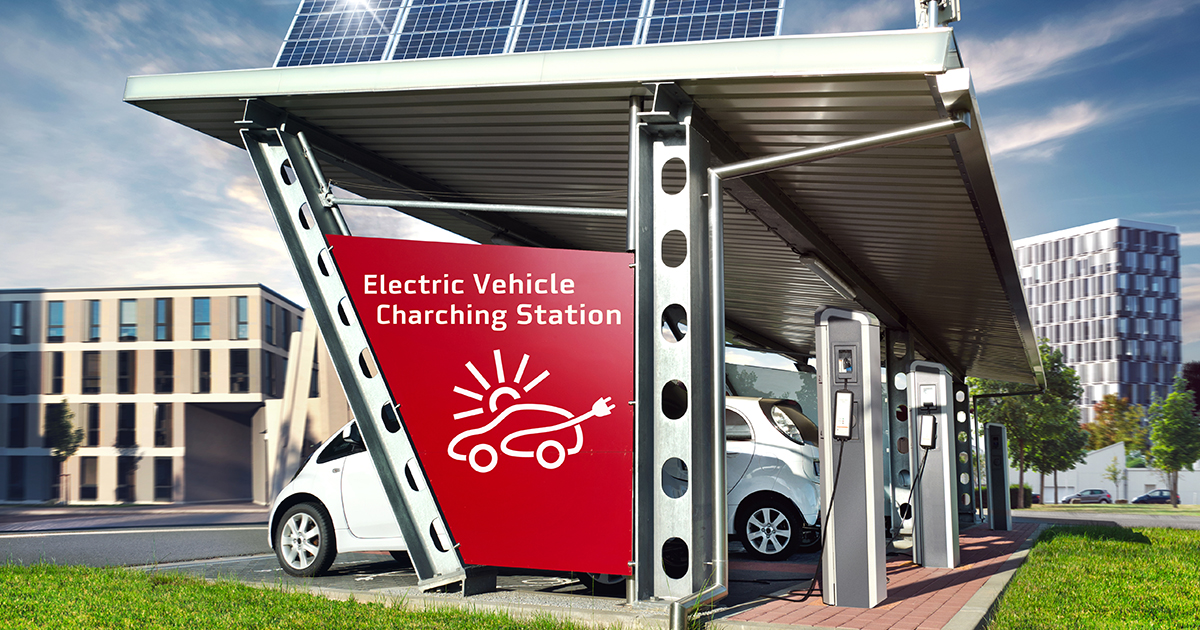
The future of energy...
A building’s energy efficiency, the production of “green” electricity, self-consumption and how to control the energy we consume are all hot topics for individuals, businesses and government authorities alike.
David Ernest et Arnaud Banner share what they see as the major issues going forward and the solutions VINCI Energies is already bringing to the table… Two complementary opinions that shed light on our society’s broader view.

The challenges when it comes to a building’s energy efficiency
- Understanding and monetizing how occupant behavior affects a building’s energy efficiency
A building’s energy efficiency can be improved by renovation and upgrades, by a more efficient management of how the building is operated, but also by helping occupants become more ecologically responsible. With respect to this last point – and even though we’re in the infancy stage – the name of the game will be to develop innovative approaches (events, contests) that allow building occupants to get involved while raising client awareness on real value added and progress made.
- Local production, individual self-consumption and storage
Some commercial buildings are already producing sustainable energy locally, mainly thanks to photovoltaic technology. In the near future, this locally-produced energy will take its next step: self-consumption. This means that instead of selling the energy produced, buildings will be able to consume it themselves and store it for future use.
This solution will mean reducing our need for power from the grid while enhancing the Facility Manager’s role in managing the energy supply contract.
- Modelling a building’s energy efficiency in the operation phase
The dynamic energy simulations performed on a building in the design stage improve its energy efficiency. Tomorrow, such modelling will be possible during a building’s operation phase.
We will be able to put models in place that will combine thermo-dynamic simulation software, the building’s digital model and artificial intelligence. This will, in turn, improve consumption estimates and the pertinence of energy-efficiency actions to be taken. Start-ups are working right now on these models that are meant to boost the tools used by VINCI Facilities engineers.

How buildings and the power grid interact
- Key issues when it comes to flexibility and services to the grid
The service sector will play a major role in balancing the power grid by acting from within the building itself. Because a building is located downstream of the electricity meter, its integration into a more global circuit (at the level of a city, neighborhood or group of buildings) will permit the emergence of an ensemble of energy-efficiency services. Flexibility in a building’s electricity consumption could benefit the power grid upstream, and the power grid would, in return, pay for such services.
Developing power grids, removing regulatory constraints, creating new business models, using solar panels for self-consumption… All of the above mean new opportunities for VINCI Facilities Energy Managers if they want their buildings to fit in with this new energy dynamic.
One thing is sure: the energy transition in construction is deeply entwined with the energy transition in cities.
- A city’s “global” energy efficiency
Omexom and VINCI Facilities are stepping up their collaboration to include a global energy efficiency offer at the neighborhood or community level. Our infrastructure and service activities complement each other and will allow us to expand and enhance our respective offers. “It is working together, which each of us contributing, that we will optimize our performance” adds David Ernest.
* Micro grids are small-sized power networks designed to supply electricity to a small number of consumers. They bring together/combine facilities producing electricity locally in different locations, facilities for consuming and storing electricity, in addition to offering supervision and demand-side management tools. Micro grids are connected to the distribution grid or are operated independent from the mains power supply.
Did you like the article ?


